Home>Garden Essentials>How To Reduce Rear Traction In 4Wd Buggy On Astro Turf
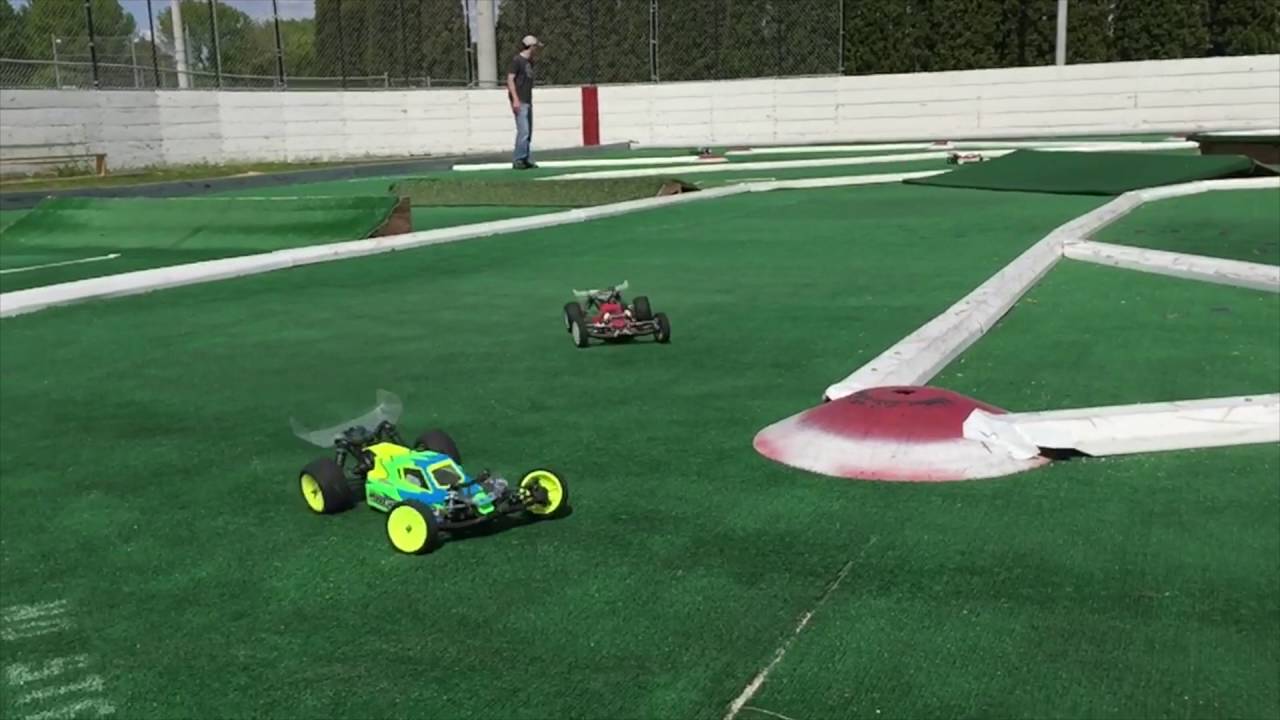

Garden Essentials
How To Reduce Rear Traction In 4Wd Buggy On Astro Turf
Modified: March 7, 2024
Looking for tips on reducing rear traction in your 4WD buggy on astro turf? Discover effective strategies to improve your buggy's performance on garden surfaces.
(Many of the links in this article redirect to a specific reviewed product. Your purchase of these products through affiliate links helps to generate commission for Storables.com, at no extra cost. Learn more)
Introduction: Understanding the Rear Traction Issue on Astro Turf
Astro turf is a popular surface for off-road RC racing due to its consistent grip and smooth surface. However, when it comes to 4WD buggies, one common challenge that racers face is excessive rear traction. This can lead to difficulty in cornering, loss of control, and ultimately hamper your performance on the track. In this article, we will explore the factors contributing to this issue and provide insights on how to reduce rear traction in your 4WD buggy on astro turf.
Before we dive into the solutions, it’s important to understand why excessive rear traction occurs on astro turf. The high-grip nature of this surface, coupled with the power and weight distribution of 4WD buggies, can result in excessive rear tire grip. This causes the rear end of the buggy to dig in and translate the power to forward motion rather than allowing the tires to slide as needed during cornering.
To address this issue and regain control on astro turf, there are several key areas to focus on: tire selection, suspension adjustments, differential setup, electronic stability control (ESC) tuning, and weight distribution.
Key Takeaways:
- Reduce rear traction on astro turf by choosing tires with less aggressive tread patterns, adjusting suspension stiffness, and modifying the differential setup for controlled sliding through corners.
- Achieve better rear grip on astro turf by fine-tuning electronic stability control settings and weight distribution, allowing for improved control and maneuverability on the track.
Read more: How Was Astro Turf Named
Factors contributing to excessive rear traction
Several factors can contribute to excessive rear traction in a 4WD buggy on astro turf. Understanding these factors will help you identify the areas that need adjustment to reduce rear traction and improve overall performance on the track.
Tire choice: The type of tires you use plays a significant role in rear traction. On astro turf, opting for tires with less aggressive tread patterns will reduce grip and help alleviate rear traction issues. Look for tires specifically designed for astro turf racing, with smaller and shallower treads. This will allow the tires to slide more easily during cornering, reducing the excessive grip at the rear.
Suspension setup: The suspension settings can have a significant impact on rear traction. Stiffening the rear suspension will limit the weight transfer to the rear tires and reduce grip. Adjusting the shock oil viscosity, spring rates, and camber settings can also help in achieving the desired balance between grip and slide.
Differential adjustments: The differential setup is another critical aspect to consider. Increasing the rear differential’s oil viscosity or tightening its slipper clutch can reduce the power transferred to the rear wheels, limiting traction. By allowing some wheelspin, you can regain control during cornering and prevent the rear end from digging in excessively.
ESC tuning: Electronic stability control (ESC) systems can be adjusted to reduce rear traction. Most ESCs offer settings for throttle control and drag brake, which affect the power delivery to the rear wheels. Lowering the throttle control and increasing drag brake can help reduce excessive rear traction and promote a more balanced slide through corners.
Weight distribution: The weight distribution of your 4WD buggy can significantly impact rear traction. If the rear end feels too planted, you can shift some weight towards the front by adjusting the battery position or adding ballast weights. This will help to loosen up the rear end and promote more controlled sliding during cornering.
By addressing these factors, you can effectively reduce excessive rear traction in your 4WD buggy on astro turf. Experimenting with different settings and configurations will allow you to fine-tune your setup and find the optimal balance between grip and slide for improved performance on the track.
Selecting the right tires for reduced rear traction
When it comes to reducing rear traction in your 4WD buggy on astro turf, selecting the right tires is crucial. The choice of tires can greatly impact the grip and slide characteristics of your buggy, allowing you to achieve the desired balance and control on the track.
Avoiding tires with aggressive tread patterns is key to reducing rear traction. Look for tires specifically designed for astro turf racing, which typically have smaller and shallower tread blocks. These tires are designed to provide less grip, allowing for more controlled sliding during cornering.
One popular option for astro turf racing is slick or semi-slick tires. These tires have minimal or no tread pattern, providing a larger contact patch and reducing the overall grip. They allow the rear tires to slide more easily, giving you better control and preventing excessive rear traction.
The compound of the tires is another important consideration. Softer compounds tend to have more grip, while harder compounds offer less grip. For reduced rear traction, opting for harder compound tires is recommended. This will help minimize the grip at the rear and promote controlled sliding through corners.
It’s also crucial to consider the tire inserts or foams. Tire inserts play a significant role in tire performance by providing support and affecting the overall stiffness of the tire. For reduced rear traction, choosing softer foam inserts can help reduce grip and allow for more controlled sliding.
Experimentation is key when selecting tires for reduced rear traction. Every track and surface may have different grip levels, so it’s important to test different tire combinations during practice sessions. Pay attention to how the buggy handles with different tires and make adjustments as needed to achieve the desired balance of grip and slide.
Additionally, don’t forget to properly maintain your tires. Cleaning them regularly and using tire additives or conditioners can help optimize their performance and reduce excessive rear traction. It’s important to keep an eye on the wear pattern and replace tires when they become worn out, as worn tires can lead to unpredictable handling and increased rear traction.
Choosing the right tires is a critical step in reducing rear traction in your 4WD buggy on astro turf. By selecting tires with less aggressive tread patterns, using harder compounds, and experimenting with different inserts, you can find the perfect balance between grip and slide for improved performance on the track.
Adjusting the suspension settings for better rear grip
One of the key factors in achieving better rear grip and reducing excessive rear traction in your 4WD buggy on astro turf is adjusting the suspension settings. Properly tuned suspension can greatly impact the handling and traction of your buggy, allowing for improved control and performance on the track.
The first aspect to consider is the stiffness of the rear suspension. Increasing the stiffness, either by using stiffer springs or adjusting the shock oil viscosity, can help limit weight transfer to the rear tires and reduce grip. This will prevent the rear end of the buggy from digging in excessively during cornering and promote a more balanced slide.
Another crucial suspension adjustment is the camber settings. Increasing negative camber on the rear wheels can help reduce grip and promote controlled sliding. Negative camber means the top of the tire is leaning inward towards the center of the buggy. This adjustment allows more of the tire’s surface to come in contact with the track, reducing grip and providing a more predictable slide.
Additionally, adjusting the shock positions can have a significant impact on rear grip. Moving the rear shocks to a more upright position, with a more vertical angle, can help transfer weight to the rear tires and increase rear grip. This adjustment helps to plant the rear tires more firmly on the astro turf, improving traction and cornering performance.
Proper sag settings are also essential in achieving optimal rear grip. Sag refers to the amount of suspension travel used when the buggy is at rest. Adjusting the sag by changing the preload on the rear shocks can affect the weight distribution and grip. Increasing the rear sag can provide more initial grip, while reducing the sag can promote controlled sliding.
It’s important to note that suspension adjustments may vary depending on the track conditions and your driving style. What works for one racer may not work for another. Therefore, it’s recommended to experiment with different suspension settings during practice sessions to find the optimal setup for your 4WD buggy.
Lastly, regular maintenance of the suspension components is crucial. Keeping the shocks properly filled with oil, checking for any damage or wear, and ensuring smooth operation of the suspension arms and links will help maintain consistent rear grip and overall performance on astro turf.
By adjusting the suspension settings, including stiffness, camber, shock position, and sag, you can achieve better rear grip and reduce excessive rear traction in your 4WD buggy on astro turf. Fine-tuning the suspension to match your driving style and track conditions will greatly enhance your control and agility on the race track.
Reduce rear traction in a 4WD buggy on astro turf by using a softer rear tire compound, lowering the rear shock oil weight, and adjusting the rear anti-roll bar to a softer setting.
Modifying the differential setup
Modifying the differential setup is a crucial step in reducing excessive rear traction and improving the overall performance of your 4WD buggy on astro turf. The differential plays a significant role in distributing power to the wheels, and making specific adjustments can help promote controlled sliding and better rear grip.
One of the main modifications you can make is changing the differential oil viscosity. A thicker oil, such as a higher weight silicone oil, can help reduce the power transferred to the rear wheels, limiting rear traction. This adjustment allows a controlled amount of wheelspin, promoting a more balanced slide through corners and preventing the rear tires from digging in excessively.
Tightening the slipper clutch is another modification that can be effective. The slipper clutch allows some slippage between the motor and the wheels, increasing drivetrain flexibility. Tightening the slipper clutch can reduce the power transmitted to the rear wheels, effectively reducing rear traction. However, it’s important to find the right balance, as excessively tight settings may result in inconsistent power delivery and reduced overall performance.
Another option to consider is using a ball differential instead of a gear differential. A ball differential provides more adjustability, allowing you to fine-tune the amount of slip and traction at the rear wheels. By adjusting the tension on the balls inside the differential, you can optimize the differential’s behavior to match the astro turf surface and your driving style, ultimately reducing rear traction and improving overall performance.
It’s worth mentioning that different tracks and conditions may require different differential setups. Experimentation is key in finding the right combination for your 4WD buggy. By making incremental adjustments to the differential setup, you can fine-tune the handling and rear grip to suit the specific track and your preferences.
Regular maintenance of the differentials is crucial. Keeping them clean, properly lubricated, and checking for any wear or damage is important for consistent performance. Inspect the differential gears and balls regularly and replace any worn parts to maintain optimum performance and prevent unexpected traction issues.
Modifying the differential setup is a valuable technique for reducing excessive rear traction in your 4WD buggy on astro turf. Whether it’s adjusting the oil viscosity, tightening the slipper clutch, or using a ball differential, making specific modifications can help you achieve better rear grip, control, and overall success on the track.
Read more: How To Care For Astro Turf
Tuning the electronic stability control (ESC) settings
The electronic stability control (ESC) system is a valuable tool that can be used to fine-tune the performance of your 4WD buggy on astro turf. By adjusting the ESC settings, you can effectively reduce excessive rear traction and achieve better overall control and handling on the track.
The first adjustment to consider is the throttle control setting. Lowering the throttle control or sensitivity can help reduce rear traction. With a lower throttle control, the power delivery to the rear wheels is smoother and more controlled, preventing sudden surges of power that can cause the rear tires to dig in excessively. This allows for better modulation of the throttle and promotes a more controlled slide during cornering.
Another setting to pay attention to is the drag brake. The drag brake applies braking force to the rear wheels when the throttle is released. Increasing the drag brake setting can help reduce excessive rear traction by slowing down the rear tires and preventing them from gripping too strongly. This allows for smoother and more predictable cornering, as the buggy has a tendency to rotate and slide through the turns.
Some ESC systems also offer the option to adjust the punch control. The punch control determines how quickly power is delivered when the throttle is applied. Lowering the punch control setting can help reduce the initial burst of power and prevent the rear tires from gaining excessive grip upon acceleration. This promotes a more balanced power delivery and controlled traction, especially when exiting corners.
It’s important to note that ESC settings may vary depending on the track conditions and your driving style. What works for one racer may not work for another. Therefore, it’s recommended to experiment with different settings during practice sessions to find the optimal ESC setup for your 4WD buggy on astro turf.
Additionally, understanding and using features such as boost and turbo timing, if available in your ESC, can further optimize rear grip and performance. These advanced settings can be adjusted to fine-tune the power delivery, ensuring that the rear wheels provide the right amount of grip without excessive traction.
Regularly updating and calibrating your ESC firmware is important to take advantage of any performance enhancements and improvements. Manufacturers often release firmware updates to address bugs and refine performance based on user feedback, so staying up to date ensures you have access to the best possible ESC performance.
Tuning the electronic stability control (ESC) settings is a valuable technique to reduce excessive rear traction in your 4WD buggy on astro turf. By adjusting the throttle control, drag brake, and punch control settings, you can achieve better rear grip, control, and ultimately improve your lap times on the track.
Fine-tuning the weight distribution for improved performance on astro turf
Fine-tuning the weight distribution of your 4WD buggy is a critical step in achieving improved performance on astro turf. Finding the optimal balance of weight distribution can greatly impact the handling, traction, and overall control of your buggy on the track.
One of the first aspects to consider is the battery position. Moving the battery forward or backward in the chassis can significantly affect the weight distribution. If excessive rear traction is an issue, shifting the battery towards the front of the buggy can help balance the weight and reduce grip at the rear. Conversely, moving the battery towards the rear can increase rear traction, which may be beneficial on tracks with lower grip levels.
Aside from adjusting the battery position, adding or removing ballast weights can also fine-tune the weight distribution. Ballast weights are additional weights that can be placed strategically to achieve the desired balance. Adding weights towards the front can help reduce rear traction and improve front-end grip. Conversely, adding weights towards the rear can increase rear traction and stability.
It’s important to note that weight distribution adjustments should be made in small increments to avoid drastic changes in handling. Depending on the track conditions and your driving style, you may need to experiment with different weight distribution setups to find the best balance for improved performance.
Another factor to consider is the overall weight of the buggy. Reducing the overall weight can have a positive impact on performance, as it allows for better acceleration and maneuverability. Consider using lightweight components, such as carbon fiber parts or lightweight batteries, to reduce the weight of your buggy without compromising its structural integrity.
Additionally, the weight distribution between the left and right sides of the buggy should be balanced. Uneven weight distribution can affect cornering and stability. Make sure that the weight is evenly distributed between the left and right sides by adjusting the position of components or using balancing weights if necessary.
Regularly evaluating and adjusting the weight distribution is crucial as track conditions and driving styles can vary. Take advantage of practice sessions to fine-tune the weight distribution and find the optimal setup for your 4WD buggy on astro turf.
Ultimately, fine-tuning the weight distribution of your 4WD buggy on astro turf can greatly enhance its performance on the track. By adjusting the battery position, adding or removing ballast weights, and maintaining a balanced weight distribution, you can achieve improved handling, traction, and control for a more successful racing experience.
Conclusion: Achieving optimal rear traction in your 4WD buggy on astro turf
When it comes to racing your 4WD buggy on astro turf, achieving optimal rear traction is crucial for maintaining control and delivering a competitive performance on the track. By implementing the right strategies and adjustments, you can effectively reduce excessive rear traction and find the perfect balance between grip and slide.
Throughout this article, we have explored various factors that contribute to excessive rear traction on astro turf and provided insights on how to address them. From selecting the right tires with less aggressive tread patterns to adjusting the suspension settings, modifying the differential setup, tuning the electronic stability control (ESC) settings, and fine-tuning the weight distribution, each aspect plays a vital role in controlling rear traction.
Selecting the right tires designed for astro turf racing and adjusting the suspension settings, such as stiffness, camber, and shock positions, can help reduce grip and promote controlled sliding through corners. Modifying the differential setup, including adjusting the oil viscosity or tightening the slipper clutch, allows for controlled wheelspin and prevents excessive rear traction.
Tuning the ESC settings, such as throttle control, drag brake, and punch control, provides a more precise power delivery, reducing the likelihood of sudden bursts of power that can lead to excessive rear traction. Finally, fine-tuning the weight distribution by adjusting the battery position and using ballast weights ensures a balanced distribution of weight for improved traction and control.
It’s important to remember that finding the optimal setup for your 4WD buggy on astro turf may require some experimentation and adjustments. Each track and driving style may warrant different settings, so investing time in practice sessions to fine-tune your setup is key.
Regular maintenance, including cleaning and correctly maintaining tires, shock absorbers, and differentials, is essential to ensure consistent performance and minimize unexpected traction issues. By keeping your equipment in top shape, you can maximize your chances of achieving optimal rear traction and overall success on astro turf.
With a well-balanced setup, reduced rear traction not only improves your control and cornering ability but also allows you to confidently navigate the track and make precise maneuvers. By implementing the strategies outlined in this article, you can unlock the full potential of your 4WD buggy on astro turf and enjoy a more rewarding racing experience.
Frequently Asked Questions about How To Reduce Rear Traction In 4Wd Buggy On Astro Turf
Was this page helpful?
At Storables.com, we guarantee accurate and reliable information. Our content, validated by Expert Board Contributors, is crafted following stringent Editorial Policies. We're committed to providing you with well-researched, expert-backed insights for all your informational needs.
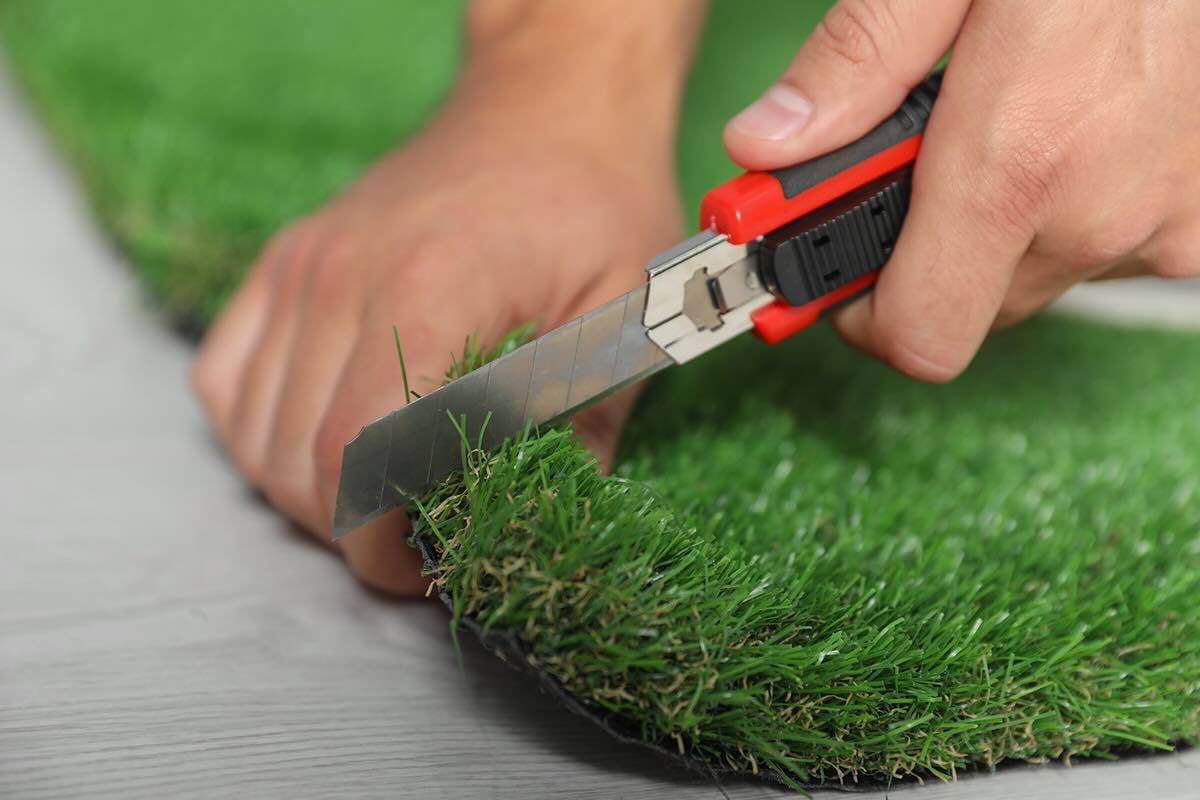
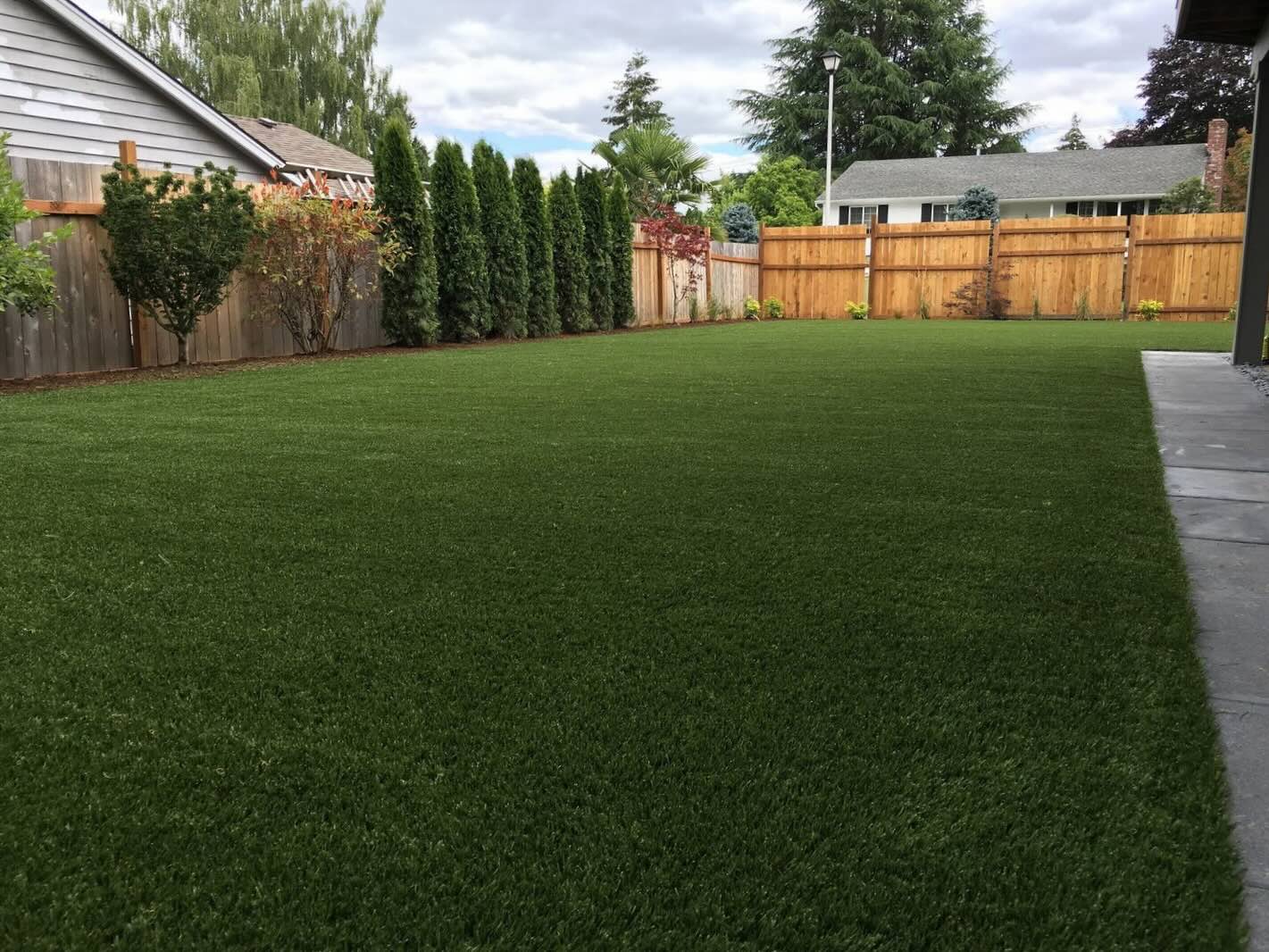
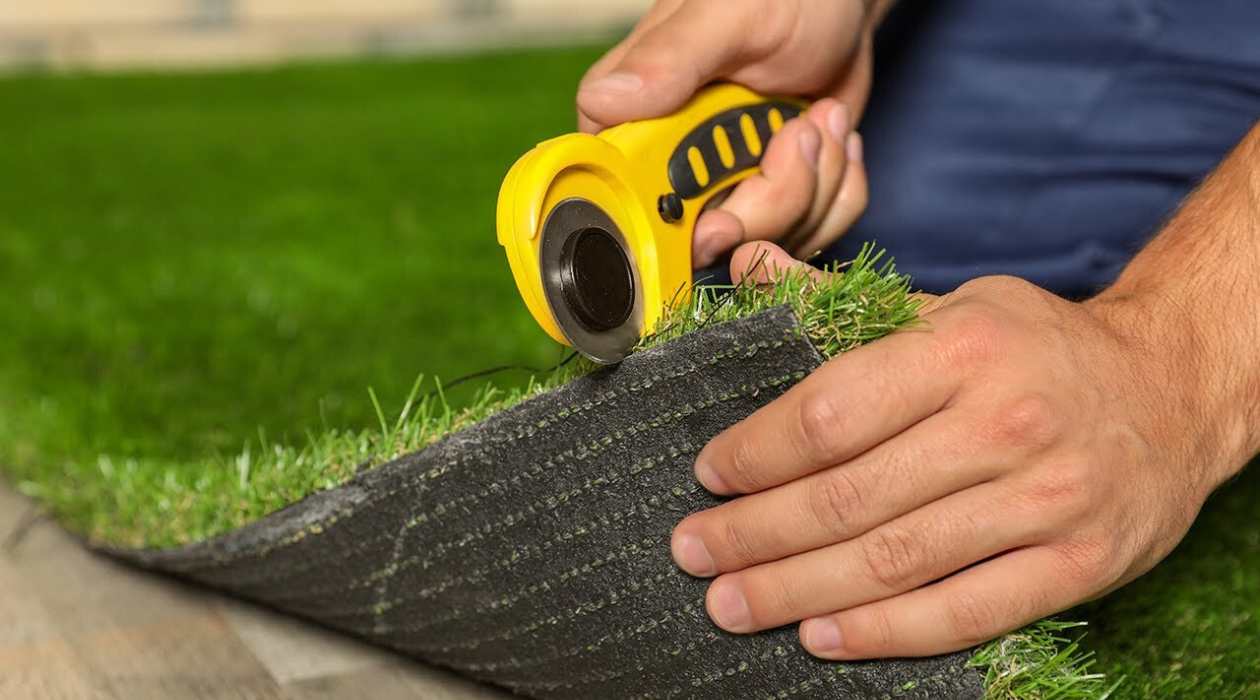
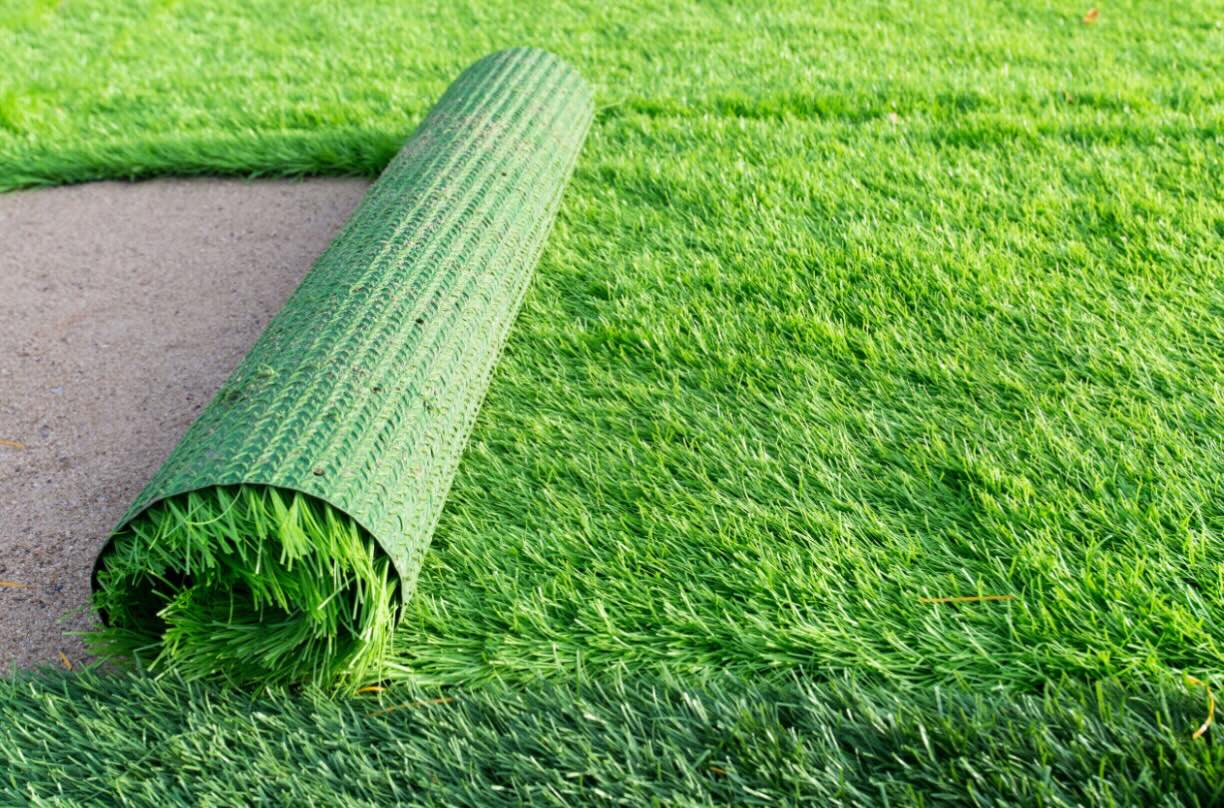
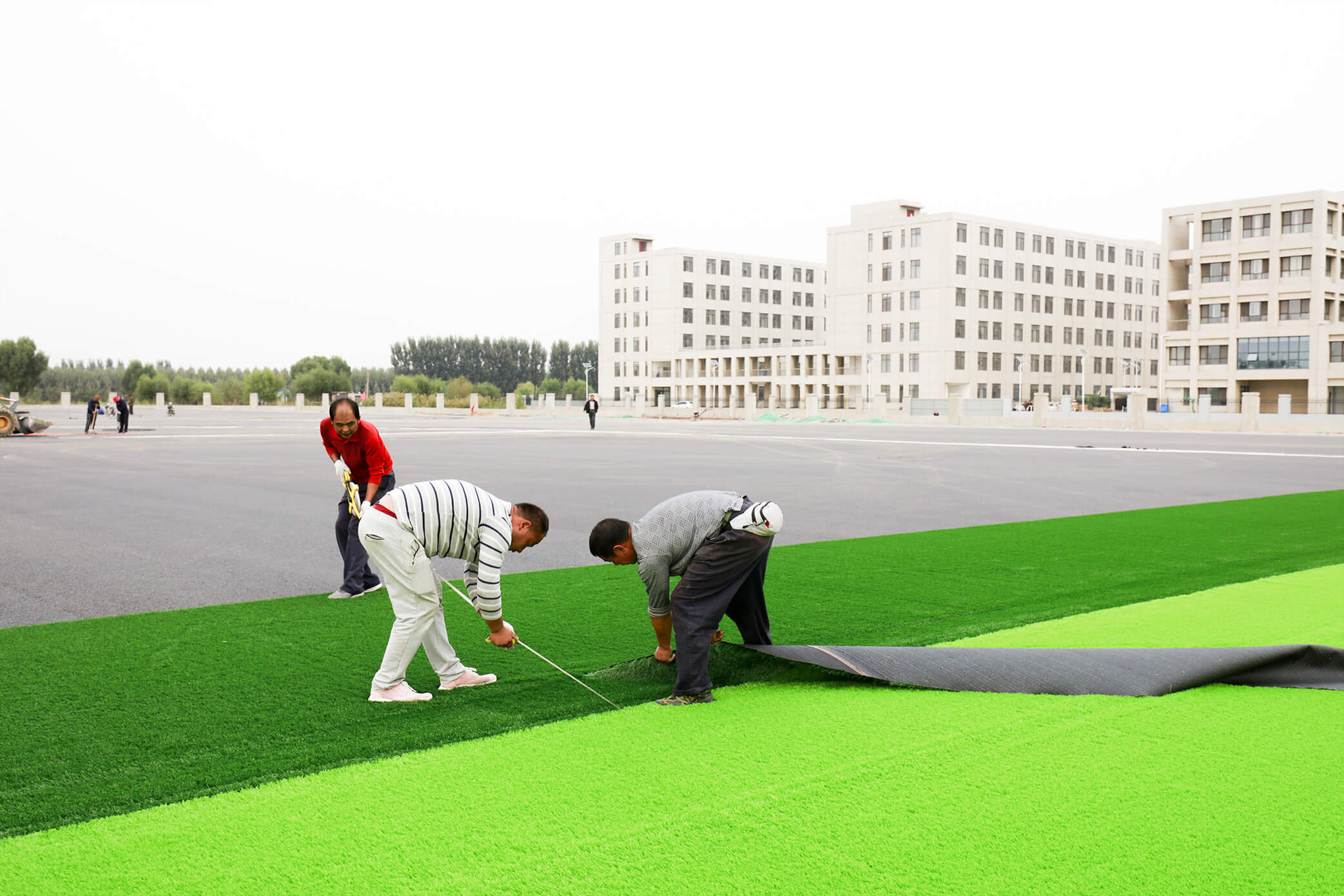
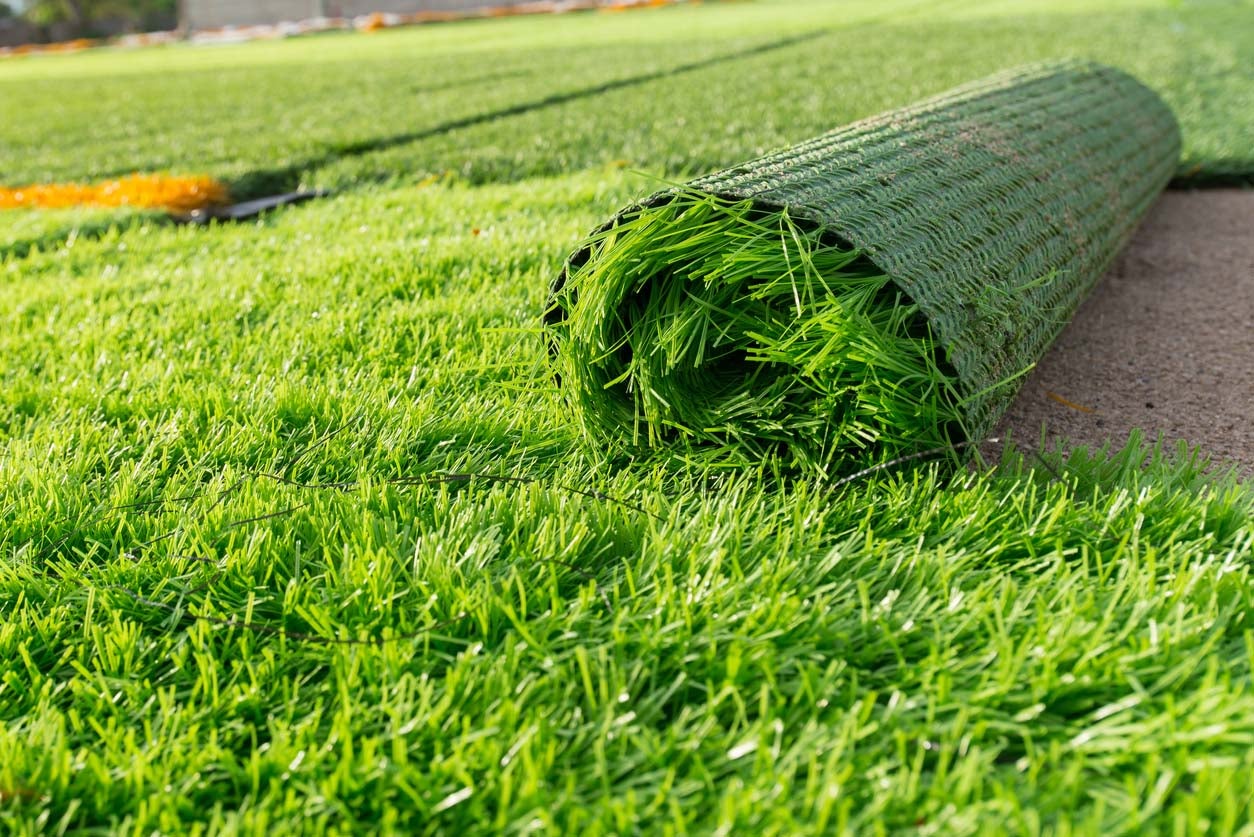
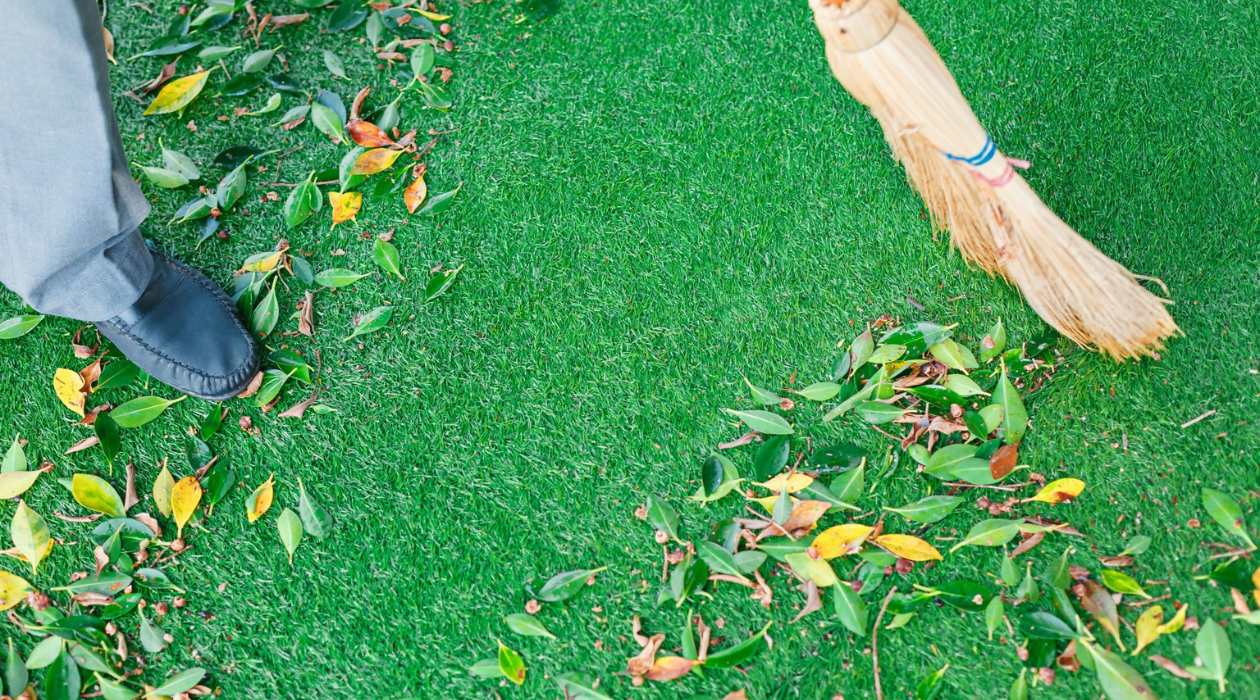
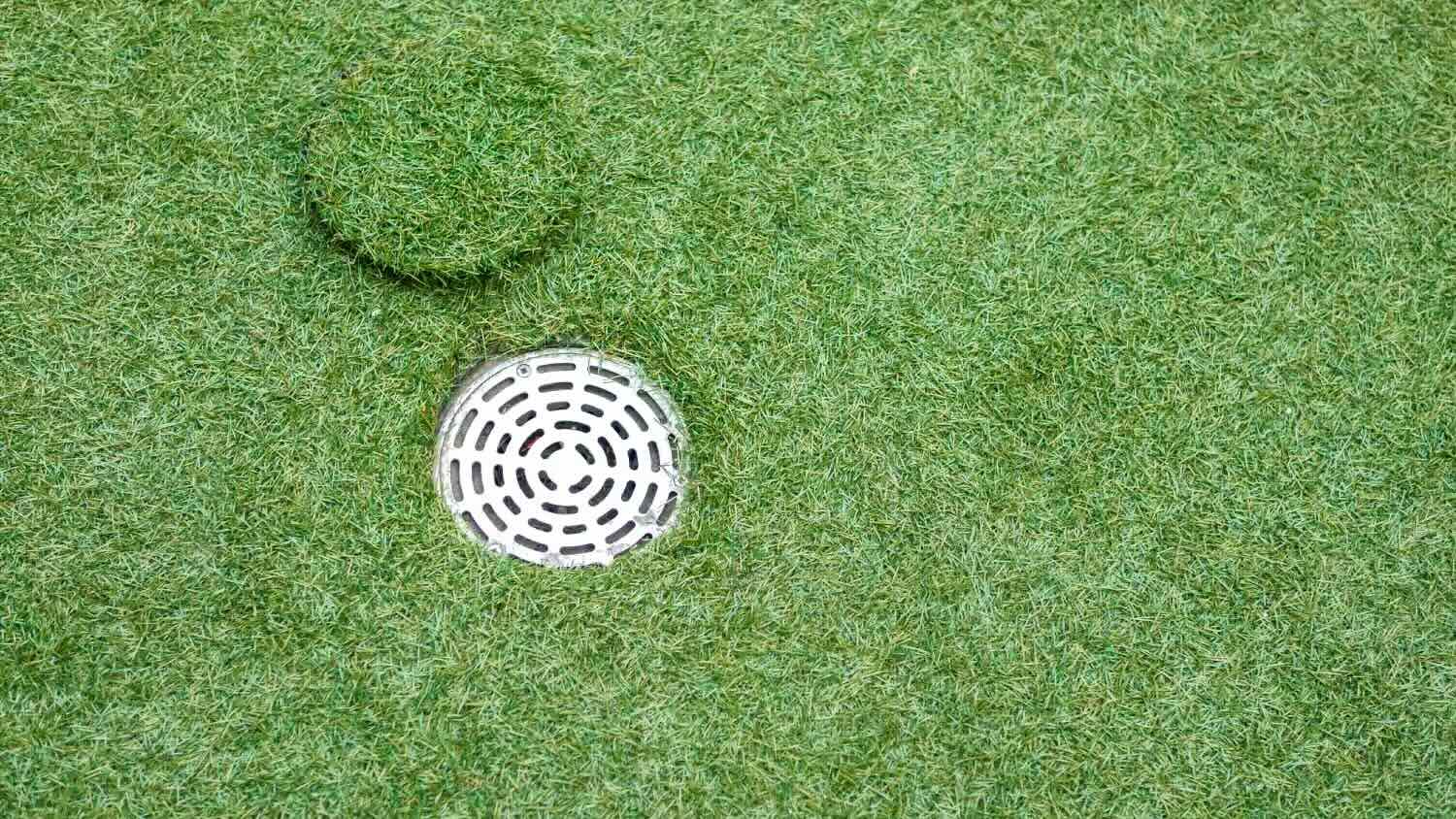
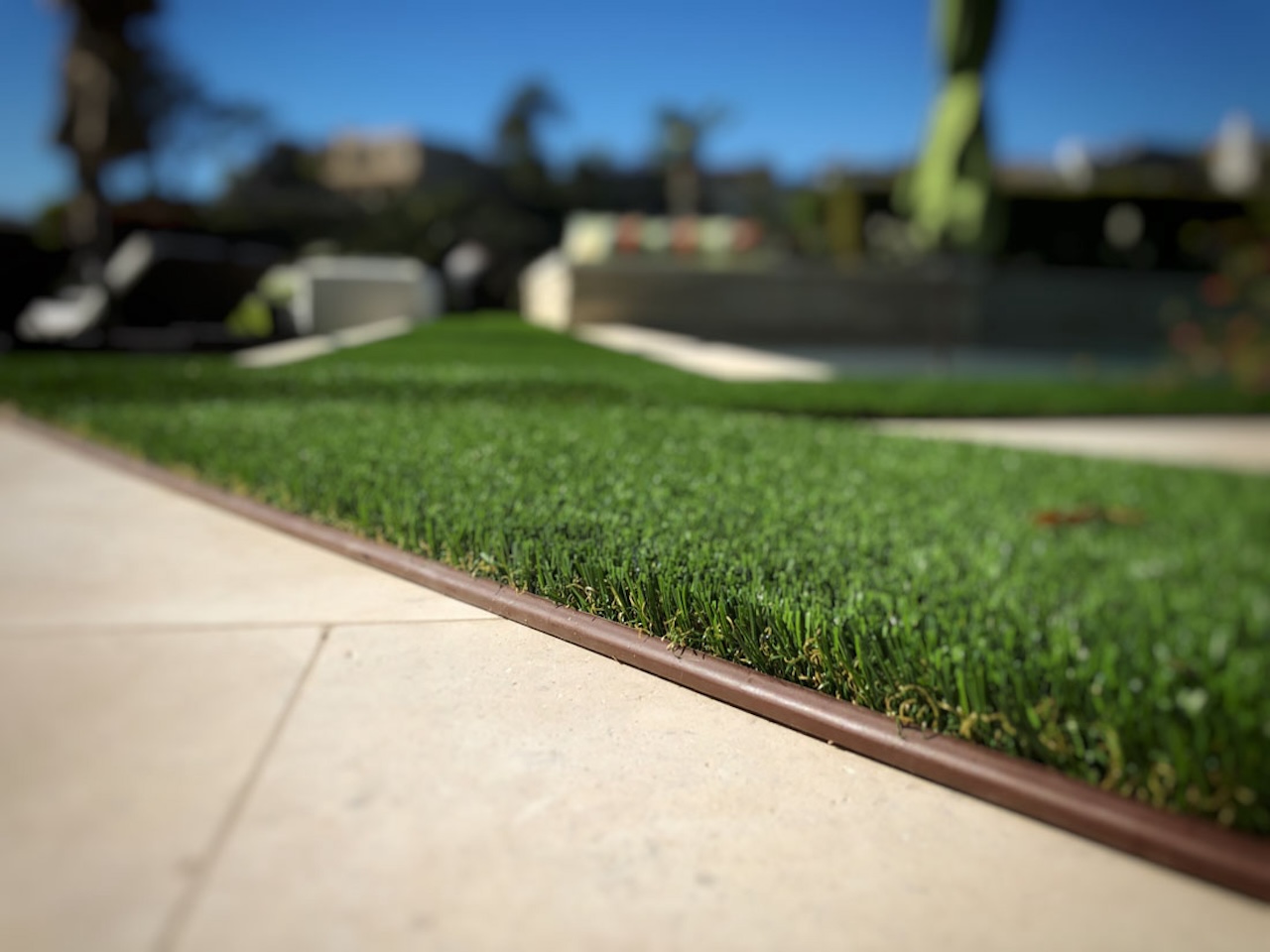
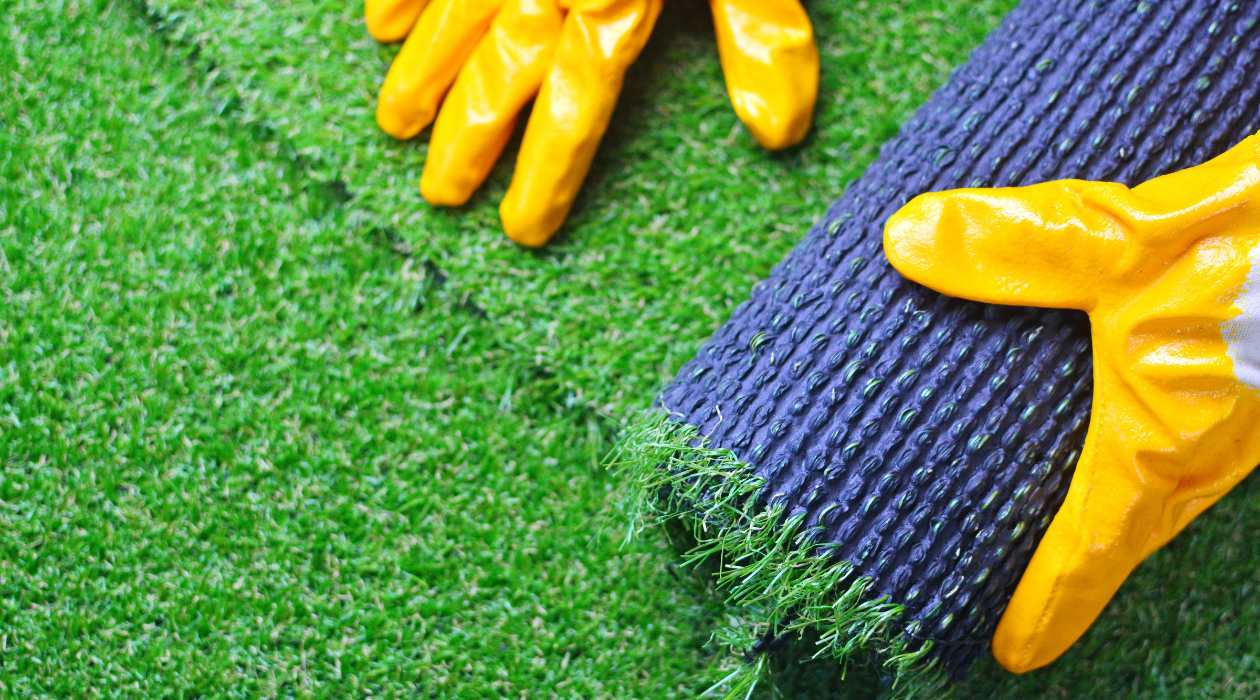
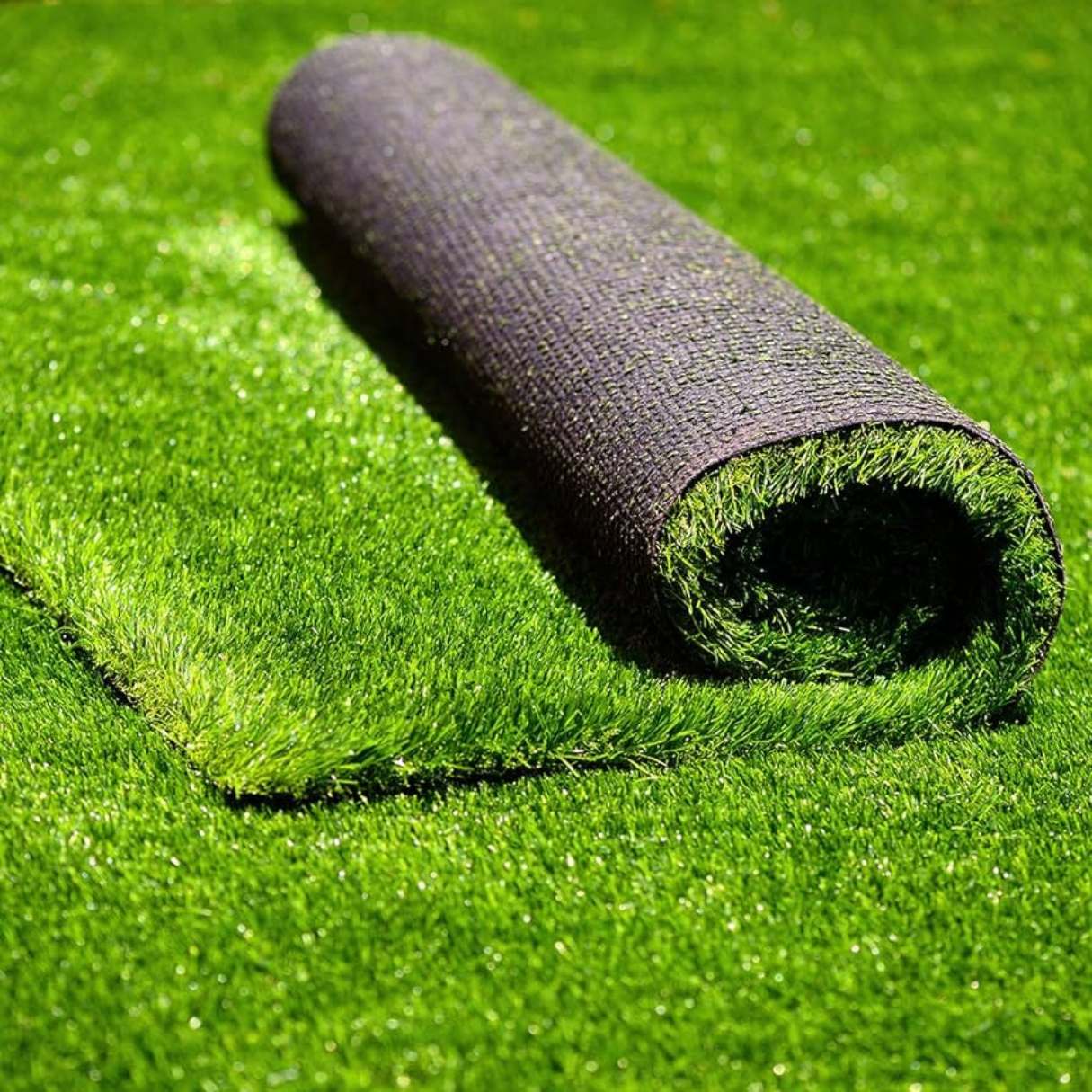
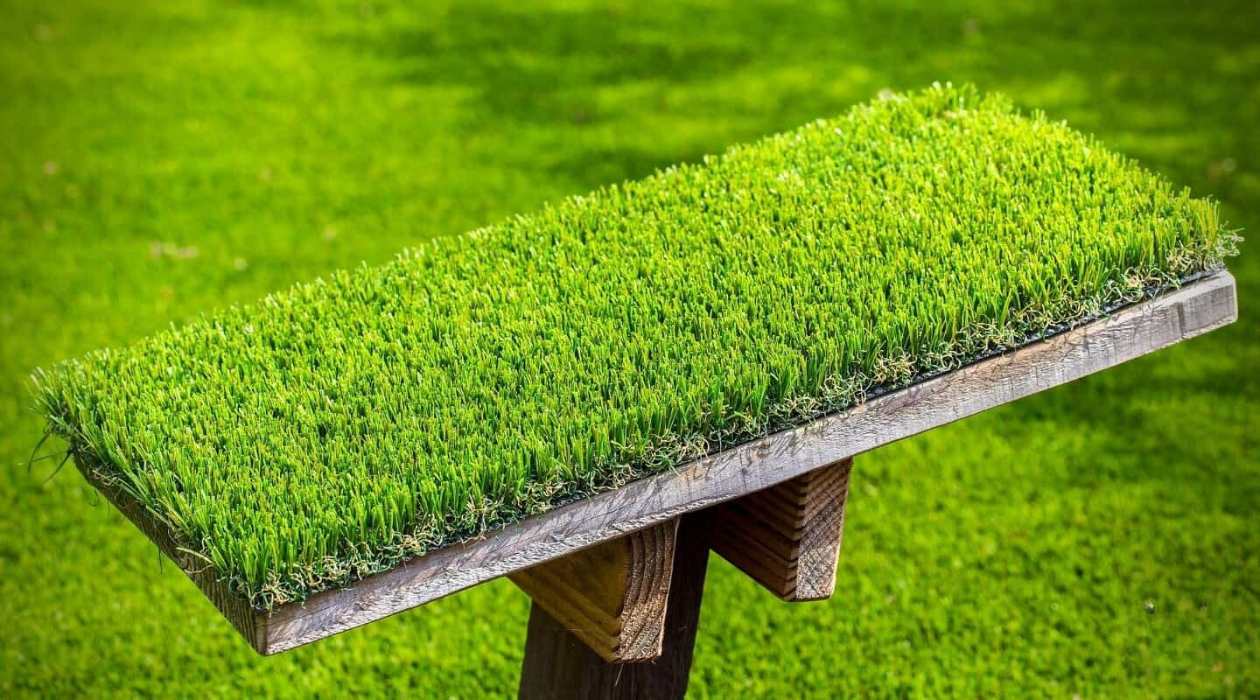
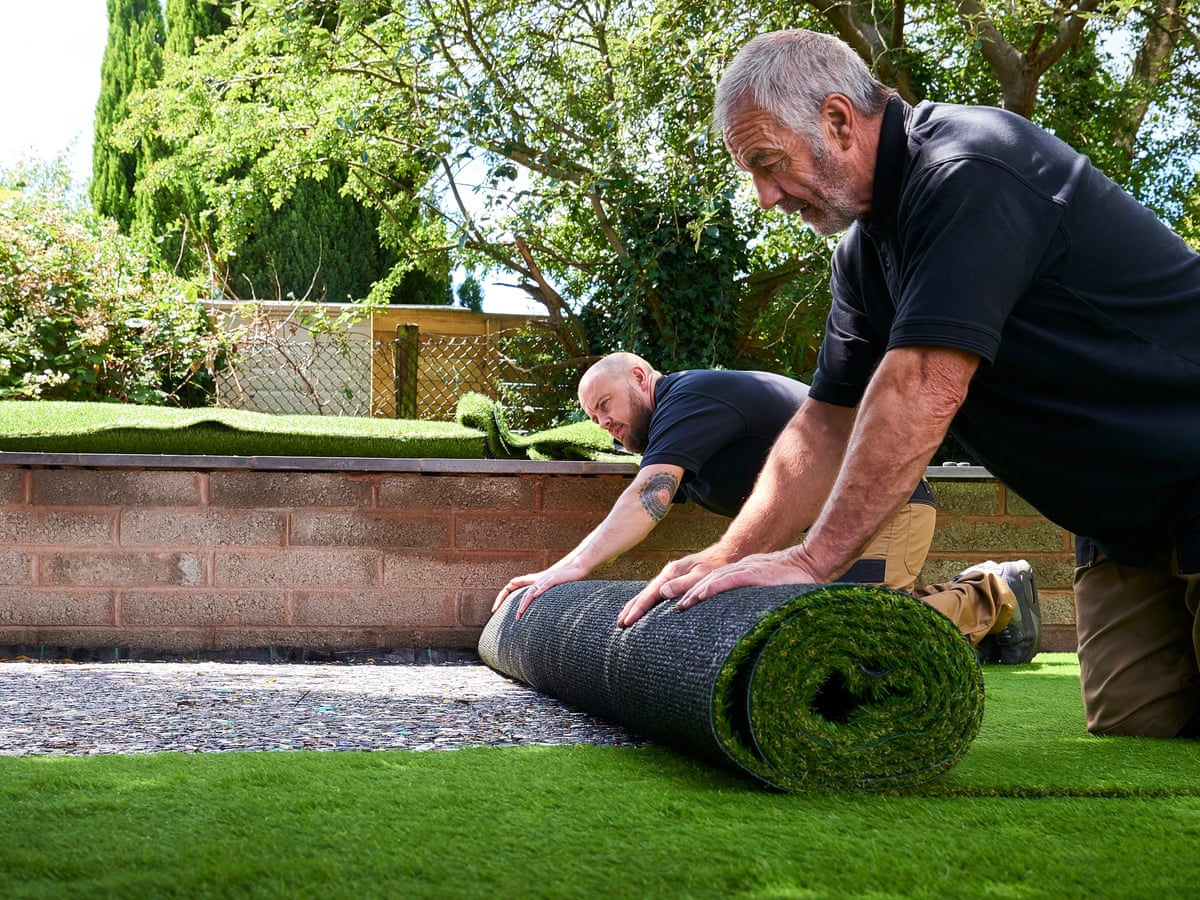
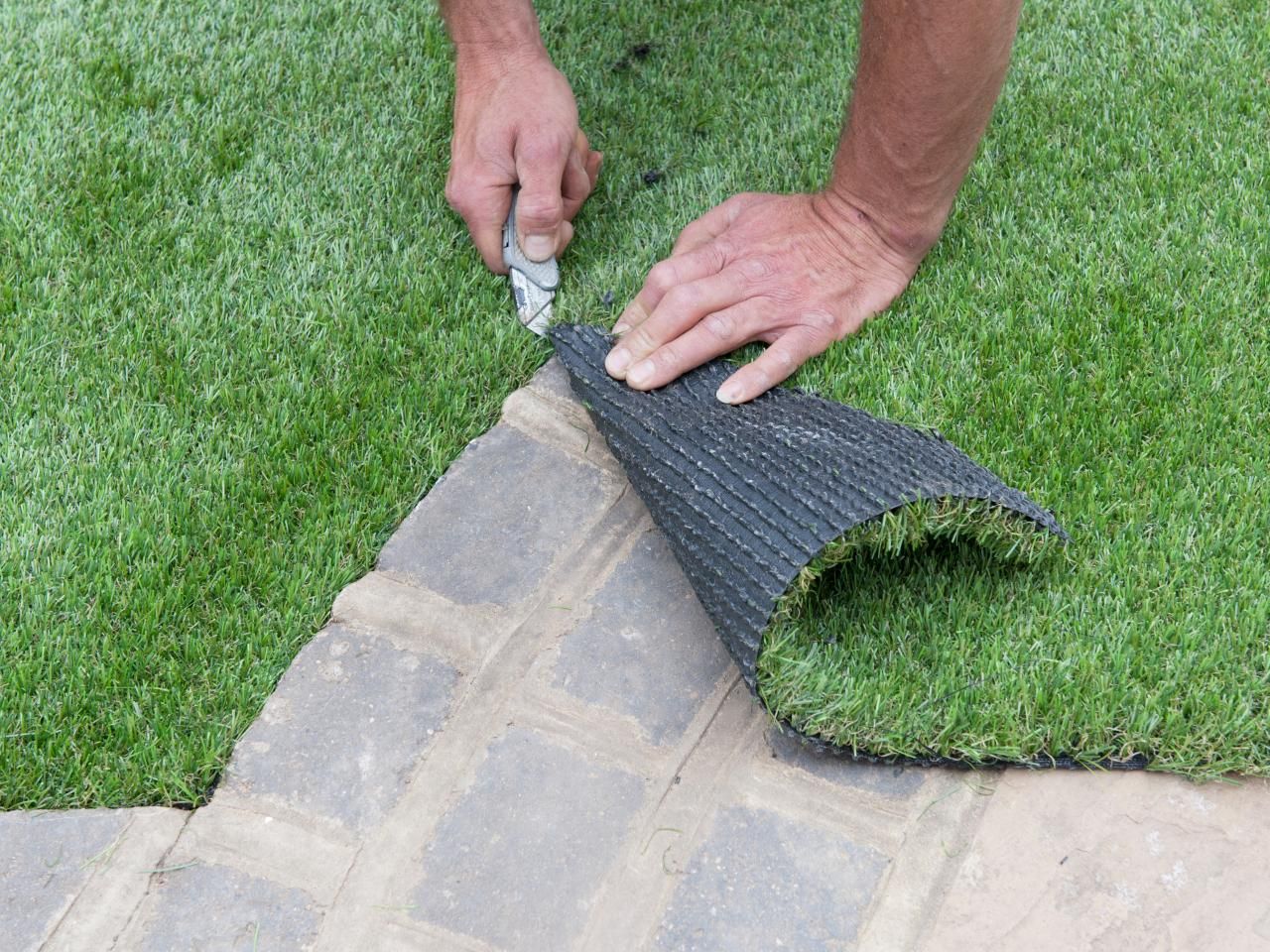

0 thoughts on “How To Reduce Rear Traction In 4Wd Buggy On Astro Turf”